Recently, the Supreme Court of India opined that Secularism is an indelible and core part of the Basic Structure of the Constitution.
The court made the oral observation while hearing a batch of petitions filed by former Rajya Sabha member Subramanian Swamy and others challenging the inclusion of the words “socialist” and “secular” in the Preamble to the Constitution.
Insertion of the words Socialist and Secular
|
|---|
| Western Secularism | Indian Secularism |
|
|
|
|
|
|
|
|
Secularism in India : A Historical Perspective
|
|---|
Secularisation
|
|---|
|
|---|
Politicising religion can escalate conflicts between groups, undermining social harmony. Strengthening secularism is essential to maintaining unity in a diverse society like India.
Google announced its first agreement to buy nuclear energy from Small Modular Reactors (SMR) developed by Kairos Power.
Small modular reactors (SMRs)
|
|---|
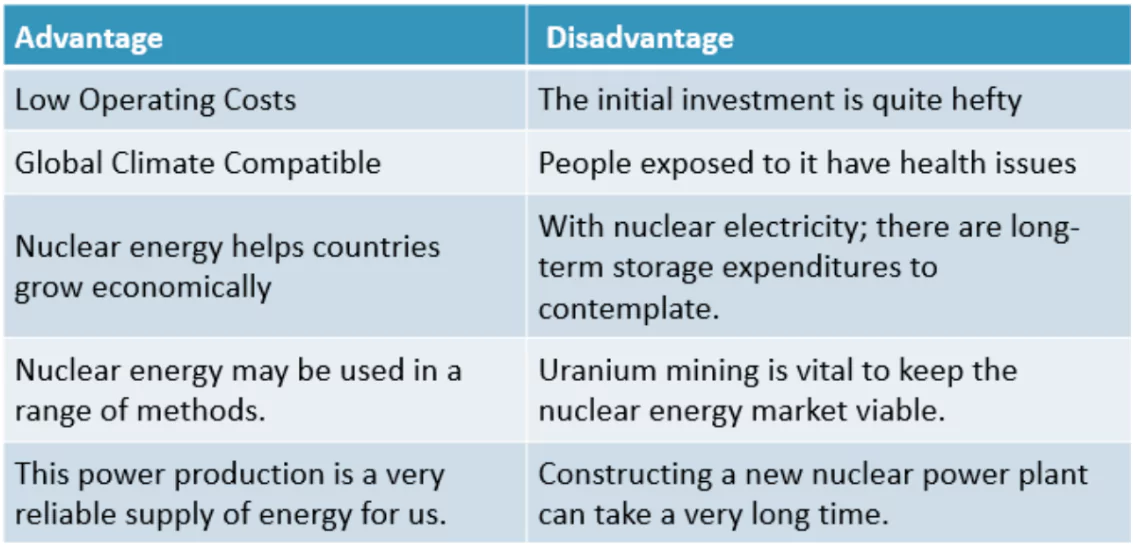
Big Tech companies like Google, Microsoft, Amazon and OpenAI are interested in using nuclear power for a few reasons:
There is debate about whether nuclear energy is truly clean.
A recent Wetlands International report, presented at COP16 in Cali, Columbia highlights the crucial role of wetlands in National Biodiversity Strategies and Action Plans (NBSAP).
Convention on Biological Diversity (CBD)The Convention on Biological Diversity (CBD) is a legally binding treaty in force from 1993 to conserve biodiversity, ensure sustainable use of its components, and promote the fair sharing of benefits from the utilisation of genetic resources.
|
|---|
The Kunming-Montreal Global Biodiversity Framework (GBF)
|
|---|
Types of Wetlands
|
|---|
The report acts as a wakeup call for countries to take bolder actions in conserving wetlands to meet biodiversity targets by 2030 under the Kunming-Montreal Global Biodiversity Framework (KMGBF).
Hon’ble President of India, Smt Droupadi Murmu, conferred the 5th National Water Awards, 2023 at Vigyan Bhawan in New Delhi.
| Category | Winner | Achievements |
| Best State | Odisha | Creation of 53,000 water conservation structures, 11,000 traditional water body renovations. |
| Uttar Pradesh (2nd place) | Provided tap water to 1.91 crore households, constructed 133 sewage treatment plants under Jal Jeevan Mission. | |
| Gujarat & Puducherry (3rd place – joint winners) | Recognized for significant efforts in water management and conservation. | |
| Best District (North Zone) | Banda, Uttar Pradesh | Rejuvenation of around 400 ponds, construction of 530 farm ponds, 250 rooftop rainwater harvesting structures, and 460 check dams. |
| Ganderbal, Jammu & Kashmir (Joint winner) | Maintenance of 400 km of canals and lining of 1.35 km of canals to prevent water wastage. | |
| Best Urban Local Body | Surat, Gujarat | Recognized for excellent work in water conservation and management within the urban context. |
| Best Village Panchayat | Pullampara, Kerala | Lauded for significant community-based water conservation and management practices at the village level. |
| Best Civil Society | BAIF Development Research Foundation, Pune | Commended for their extensive work in water conservation and management through research and community engagement. |
| Best School/College | Government Upper Primary School, Jethwan Ka Bas, Rajasthan | Recognized for its efforts in promoting water conservation and awareness among students and the local community. |
| Best Institution (Other than School/College) | Tamil Nadu Agricultural University, Coimbatore | Significant contributions to water management and conservation through academic research and implementation of practical water-saving solutions. |
| Best Industry | Aravali Power Company Private Limited, Jhajjar, Haryana | Acknowledged for implementing effective water conservation and management practices within the industrial sector. |
| Best Water User Association | Pentakli Project Union of Water User Association, Buldhana, Maharashtra | Praised for organizing and managing water resources efficiently in an agricultural region. |
India and Pakistan have renewed the Kartarpur Corridor agreement for another five years, ensuring uninterrupted access for pilgrims to the Kartarpur Sahib Gurudwara in Pakistan.
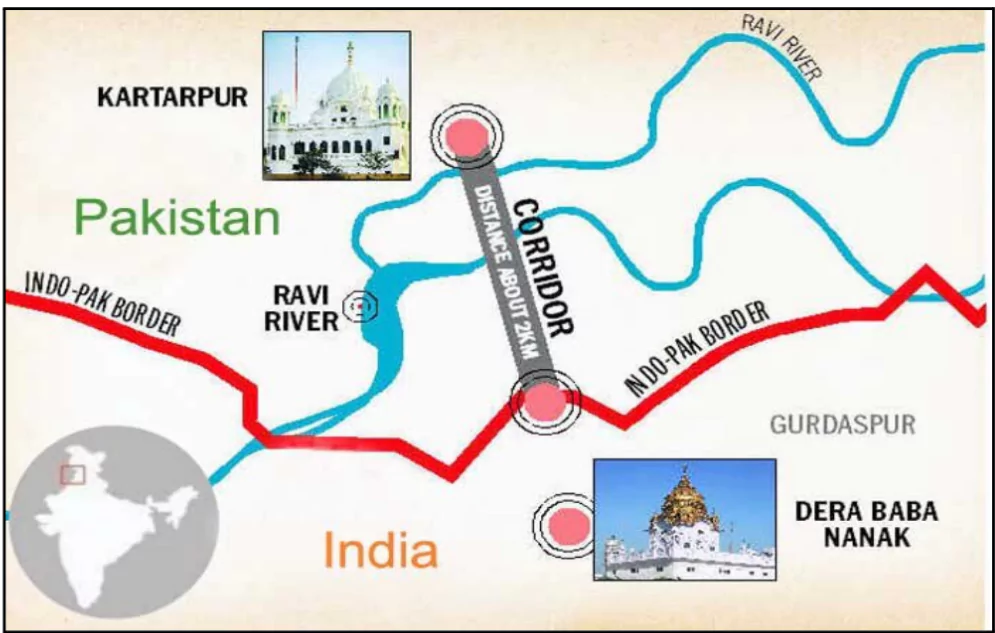
Gurunanak Dev
Teachings and Beliefs: Founder of Sikhism and the First of the Ten Sikh Gurus.
Religious Practices:
Succession: Choose Guru Angad Dev as his successor, ensuring the continuity of his teachings.
|
|---|
The International Monetary Fund (IMF) maintained its June growth rate projection for India at 7% for FY25 in its latest released World Economic Outlook (WEO).
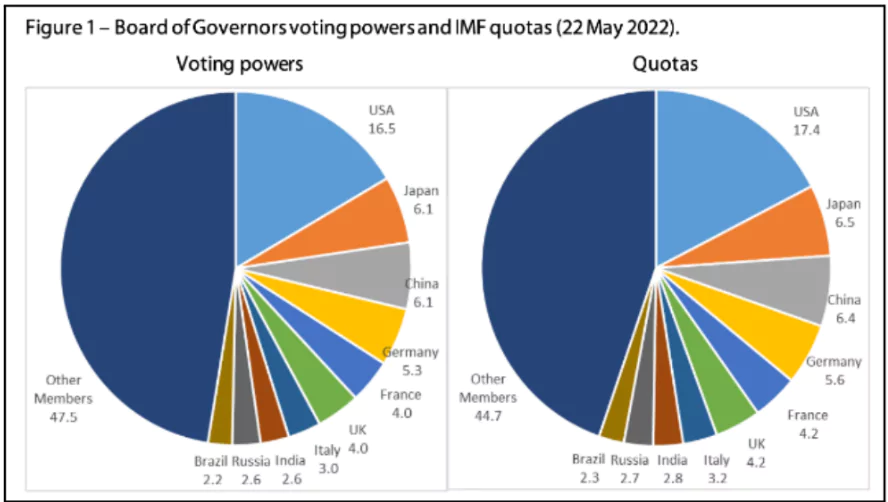 Key Responsibilities of Board of Governors:
Key Responsibilities of Board of Governors:India is strengthening research in cloud physics, which is crucial for weather modification. Under Project Mausam, a cloud chamber is being established at the Indian Institute of Tropical Meteorology (IITM), Pune.
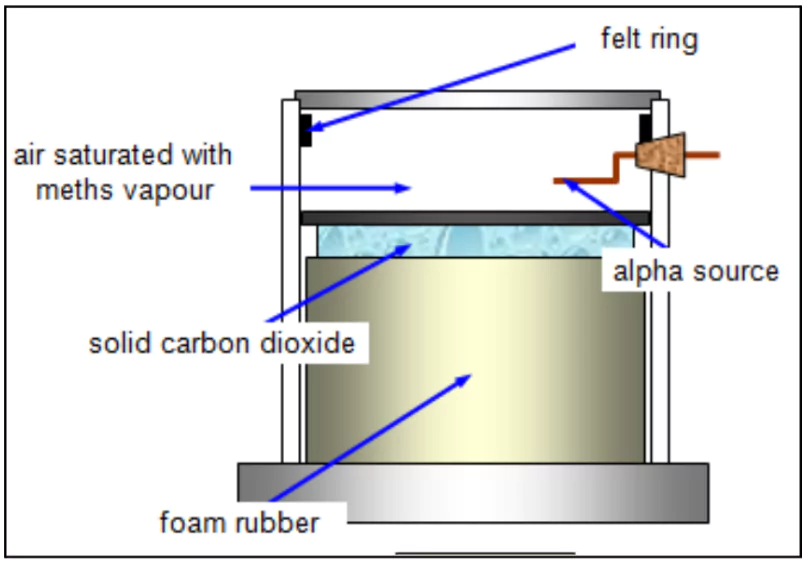
Cloud SeedingWhat is Cloud Seeding?
How Does It Work?
Applications and Examples
|
|---|
Recently, a team of arachnologists has discovered a new genus of jumping spiders, ‘Tenkana’, found across southern India, encompassing two previously known species.
Jayamangali River
|
|---|
 The new genus encompasses two previously known species: Tenkana manu and Tenkana arkavathi. These species were earlier classified under the genus Colopsus.
The new genus encompasses two previously known species: Tenkana manu and Tenkana arkavathi. These species were earlier classified under the genus Colopsus.The newly appointed Chairperson of the National Commission for Women, Vijaya Rahatkar, took charge recently.
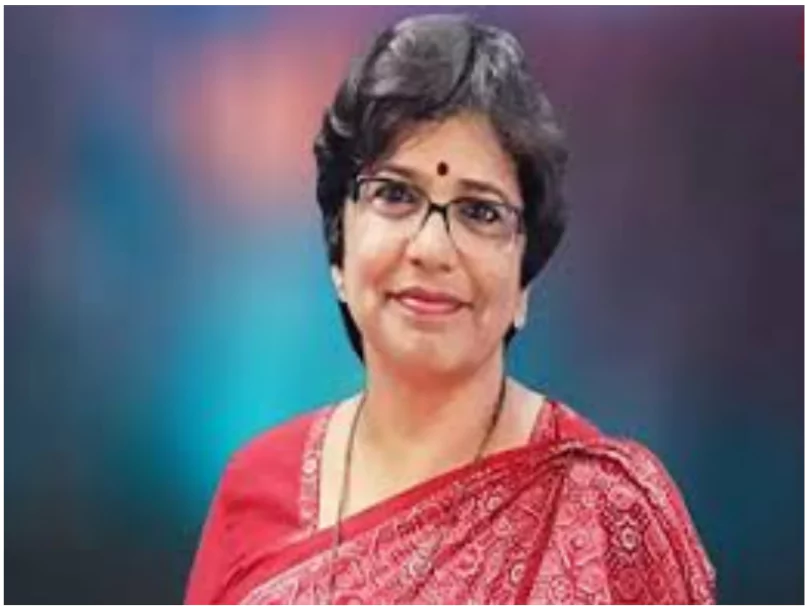
Recently, a mosaic was released by the Euclid space telescope.
Key Concepts
|
|---|
About Euclid
|
|---|
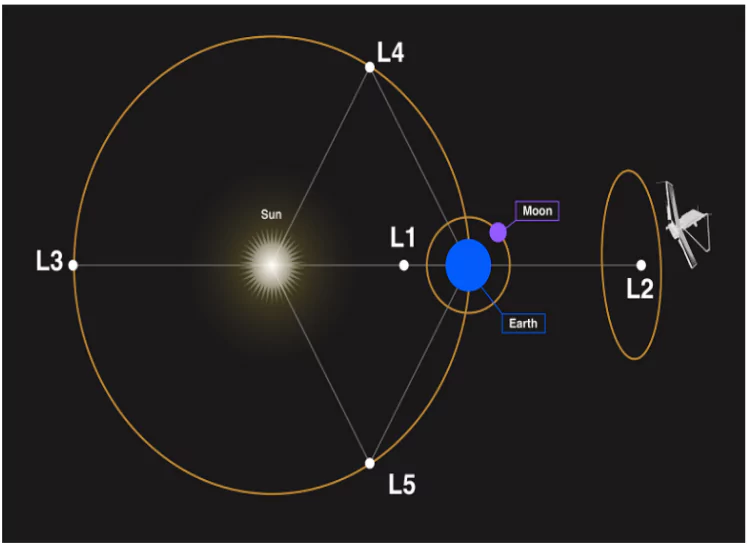 There are five Lagrange points (L1, L2, L3, L4, L5).
There are five Lagrange points (L1, L2, L3, L4, L5).Context: Recently, The Fraser Institute published the Economic Freedom of the World 2024 Annual Report
It is a non-partisan, independent think tank and research organisation based in Canada that studies and promotes economic freedom, prosperity and human well-being worldwide.
Context: Ananth Technologies, a private aerospace company, successfully completed the satellite integration project for ISRO.
This is the first time a private company has handled the complete assembly, integration and testing of satellites for ISRO.
Context: Recently, researchers took a closer look at the first brown dwarf discovered and found that it’s actually two brown dwarfs orbiting astonishingly close to each other while also circling a small star. The research papers were published in the Astrophysical Journal Letters.
<div class="new-fform">
</div>